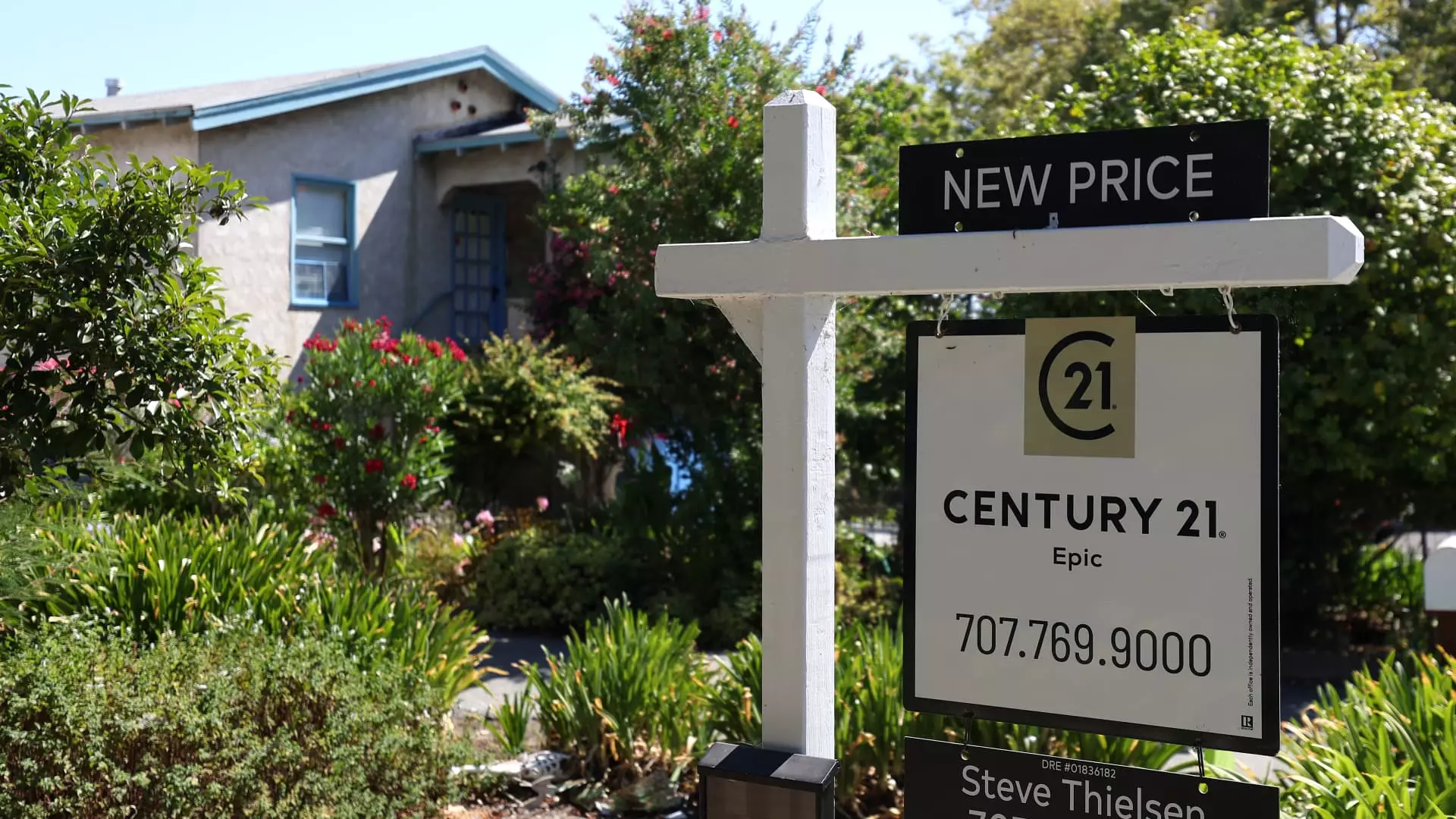For years, the housing market has been painted as an unstoppable force—an engine of economic prosperity that seemed immune to downturns. Yet, beneath the surface, this illusion is rapidly dissolving. The recent slowdown in annual home price growth, recorded at just 1.3%, exposes the fragile foundation of a market that was driven more by speculative fever than genuine affordability. It is vital to recognize that this deceleration is not a fleeting fluctuation but indicative of an inevitable correction. The overinflated prices, which soared during the pandemic years, have created a false sense of stability and prosperity. This bubble, fueled by historically low mortgage rates and chasing speculative gains, is now deflating at a concerning rate, risking a sharper downturn if policymakers do not intervene with caution and foresight.
The Impact of Rising Inventory and Mortgage Rates
One of the most telling signs of this impending shift is the surge in housing inventory—up by nearly a third over the past year. While more homes on the market might seem like welcome news for prospective buyers, it signals a shift in market dynamics that could threaten homeowner equity. As supply grows and demand wanes—exacerbated by mortgage rates soaring into the high 6% range—the once-hot market is turning cold. Borrowers are hesitant to lock in higher rates, and homeowners are reluctant to list properties fearing they might not recover their investments. This creates a dangerous stagnation, where homes stay unsold for longer periods, further deflating prices and diminishing the confidence of both buyers and sellers.
The Regional Disparity and Future Outlook
While some regions like the Northeast and Midwest still report modest gains, the broader picture tells a different story. Markets in the South and West, including major cities like Cape Coral, Austin, and Tampa, are witnessing significant declines—Cape Coral, for instance, experiencing over a 9% drop in prices. These regional disparities reveal a market in transition—where the once-uniform appreciation is giving way to localized declines. The question is whether these declines are temporary corrections or signs of a deeper structural collapse in housing as an asset class. Given the current economic backdrop, with rising interest rates and oversupply, it’s reasonable to expect more markets to follow suit, further undermining the illusion of a resilient housing market and revealing its underlying fragility.
This evolving landscape demands cautious optimism from policymakers, who must recognize that the current slowdown may herald a more significant downturn—not just a blip on the economic radar but the collapse of a heavily inflated housing bubble.

